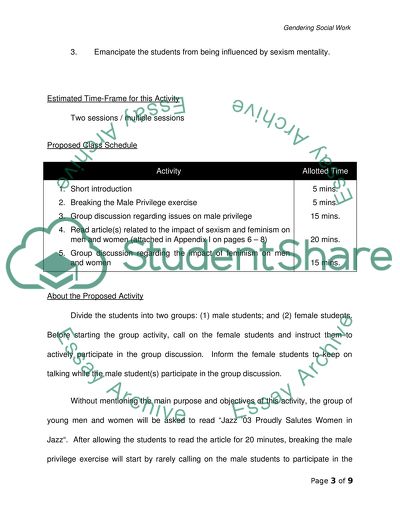Cite this document
(“Gendering Social Work Essay Example | Topics and Well Written Essays - 2000 words”, n.d.)
Gendering Social Work Essay Example | Topics and Well Written Essays - 2000 words. Retrieved from https://studentshare.org/social-science/1567290-gendering-social-work
Gendering Social Work Essay Example | Topics and Well Written Essays - 2000 words. Retrieved from https://studentshare.org/social-science/1567290-gendering-social-work
(Gendering Social Work Essay Example | Topics and Well Written Essays - 2000 Words)
Gendering Social Work Essay Example | Topics and Well Written Essays - 2000 Words. https://studentshare.org/social-science/1567290-gendering-social-work.
Gendering Social Work Essay Example | Topics and Well Written Essays - 2000 Words. https://studentshare.org/social-science/1567290-gendering-social-work.
“Gendering Social Work Essay Example | Topics and Well Written Essays - 2000 Words”, n.d. https://studentshare.org/social-science/1567290-gendering-social-work.


